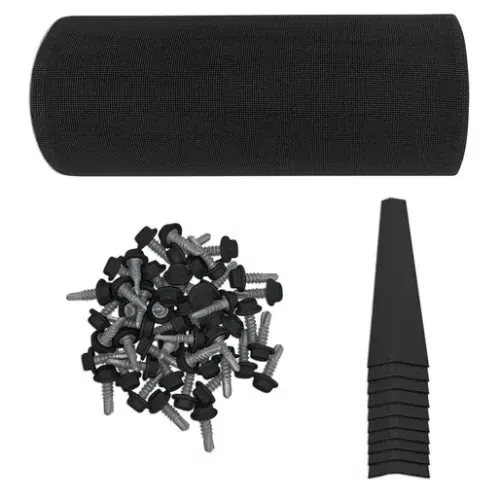Rainwater Management
- Rainwater management is arguably one of the best and most efficient ways to conserve water. It offers several advantages for both homeowners and the environment. If done correctly, the harvesting process enables users to collect water on their rooftops or paved surfaces and transport it to storage tanks for later usage. Looking for effective rainwater management equipment? Shop downpipes, roof flashings, rainwater heads roof drains and gutters from ArchiPro!Why ArchiPro?
No more endless searching -
Everything you need, all in one place.Real projects, real experts -
Work with vetted architects, designers, and suppliers.Designed for Australia -
Projects, products, and professionals that meet local standards.From inspiration to reality -
Find your style and connect with the experts behind it.Start your Project
Start you project with a free account to unlock features designed to help you simplify your building project.
Learn MoreBecome a Pro
Showcase your business on ArchiPro and join industry leading brands showcasing their products and expertise.
Learn More
























































